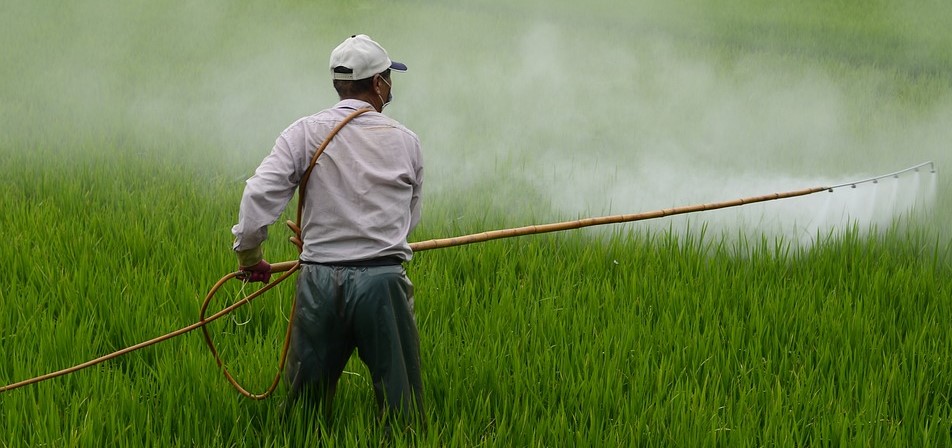Hazel Spires is a law student at the University of Oregon School of Law and a guest contributor to this blog.
Agriculture is a cornerstone of the American economy, relying heavily on a diverse workforce of around 2.4 million people. However, a significant language gap among farmworkers poses a serious challenge in ensuring their safety and well-being. Language access in the agricultural sector is highly important, particularly in the context of preventing accidents from workplace hazards.
The United States agricultural workforce predominantly comprises Spanish-speaking individuals. The 2022 National Agricultural Workers Survey (NAWS) revealed that 62% of farmworkers preferred Spanish over English. A considerable divide exists in language proficiency, with many farmworkers struggling to communicate in English. For instance, 29% of workers reported not speaking English at all, and 40% were unable to read English. Such language barriers hinder effective communication of essential safety guidelines and pesticide information, increasing the risk of accidents and exposure to harmful substances.
The Federal Insecticide, Rodenticide, and Fungicide Act (FIFRA) is the primary federal law governing pesticides in the United States. It requires that all pesticides be registered with the Environmental Protection Agency (EPA) and have labels explaining safe use. To further protect agricultural workers and handlers from pesticide exposure, the EPA established the Worker Protection Standard (WPS) as a set of regulations building upon FIFRA. The WPS uses the safety information on pesticide labels to ensure workers have access to crucial safety information, such as requirements for personal protective equipment (PPE), oral and posted notification requirements, and restricted entry intervals (REIs) that define how long workers must avoid treated areas after a pesticide application. The information provided on the label plays a pivotal role in safeguarding agricultural workers from pesticide exposure. However, the lack of required translations for pesticide labels and the prevalent language barrier among most agricultural workers have resulted in this vital information largely inaccessible to those who rely on it most.
The Pesticide Registration Improvement Act of 2022 (PRIA 5) aims to address the existing language barrier through its amendments to the pesticide labeling requirements outlined in FIFRA. This revised legislation, included in the larger appropriations act and signed into law, mandates that pesticide manufacturers include Spanish translations for the safety information found on pesticide labels. The translations encompass critical details such as the “keep out of reach of children” advisory, the statement pertaining to restricted use pesticides, signal words, the first aid instructions, precautionary statements, personal protective equipment requirements, and the storage and disposal rules. While these translations are currently available in the EPA Spanish Translation Guide for Pesticide Labeling, the new regulation necessitates their presence either directly on the end-use pesticide label on the product container or accessible through scannable technology or other electronic means. This requirement will be implemented progressively between December 2025 to December 2030, with translations for the most hazardous pesticides required first.
This update to the regulation is a long-awaited significant step, but there is still a challenge in ensuring that farmworkers can access the information. To make this happen, the EPA is seeking input from stakeholders to inform and implement the plan for bilingual labeling by 2025. Until August 21, 2023, stakeholders have the opportunity to submit comments and provide feedback on how to effectively make this bilingual labeling accessible to farmworkers. This input will help create a labeling system that truly serves its intended audience and enhances safety measures in the agricultural industry. By bridging the language gap, employers can ensure that essential information reaches all workers, empowering them to take necessary precautions and respond appropriately to hazardous situations.
The views and opinions expressed on the FBLE Blog are those of the authors and do not necessarily reflect the official policy or position of FBLE. While we review posts for accuracy, we cannot guarantee the reliability and completeness of any legal analysis presented; posts on this Blog do not constitute legal advice. If you discover an error, please reach out to contact@farmbilllaw.org.


